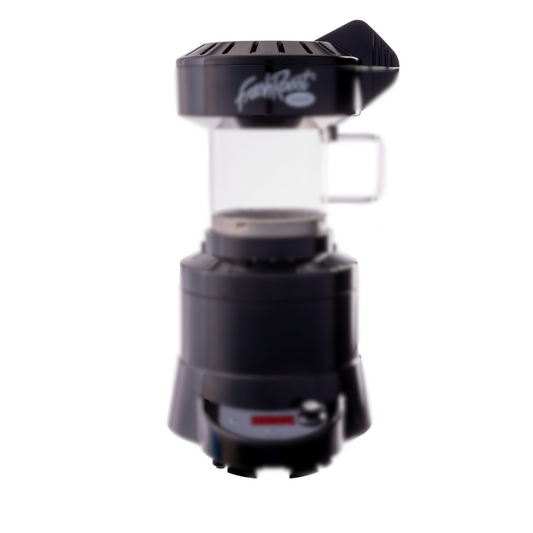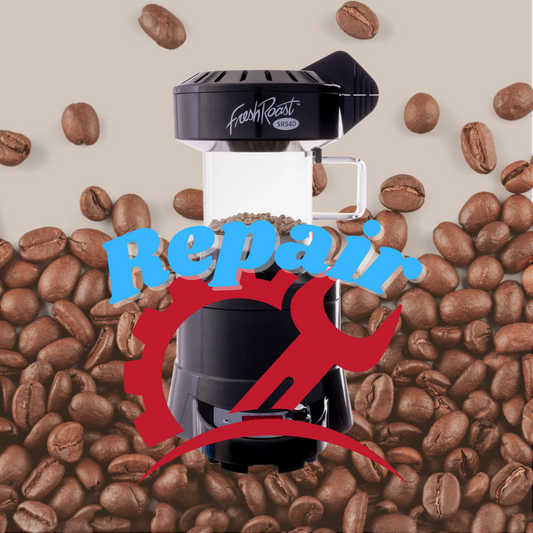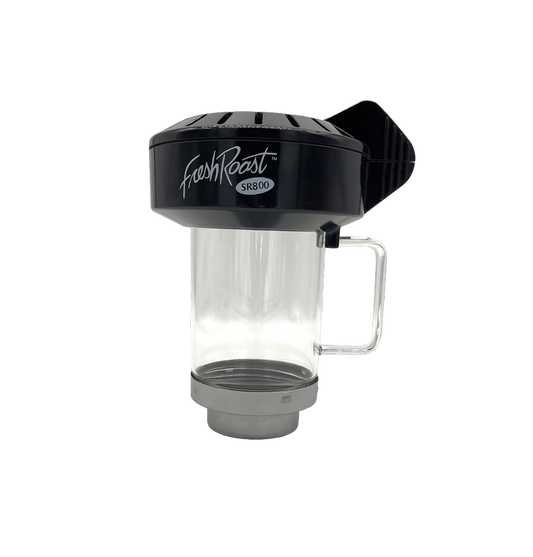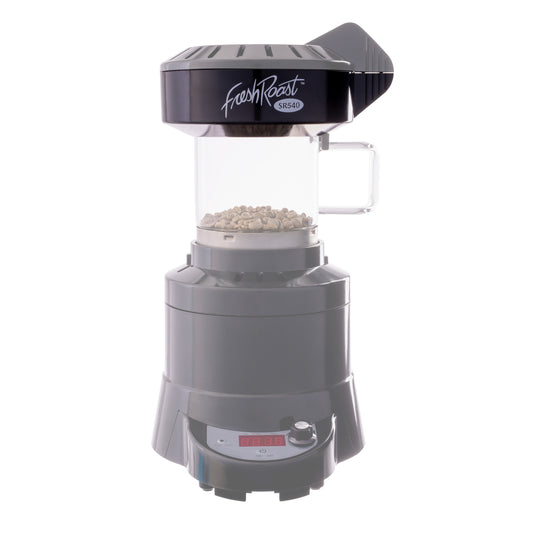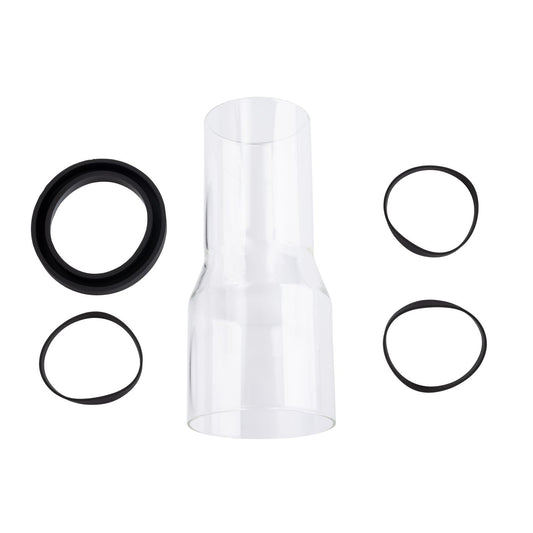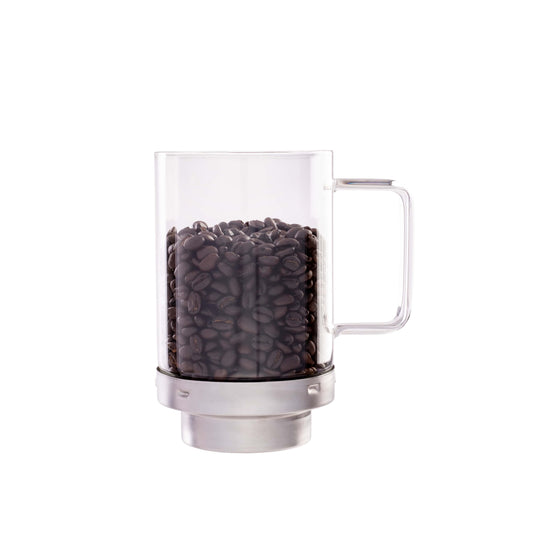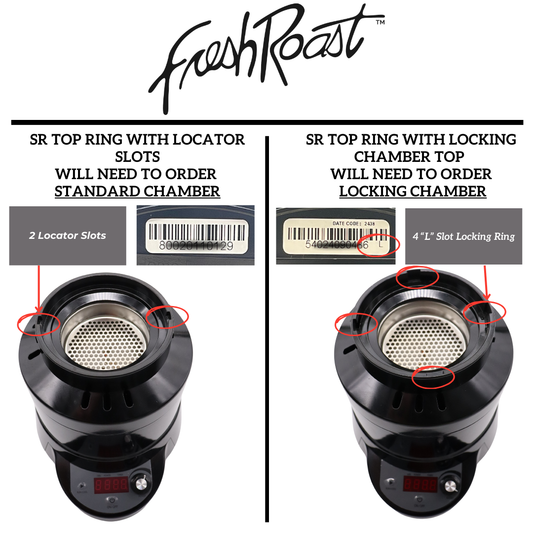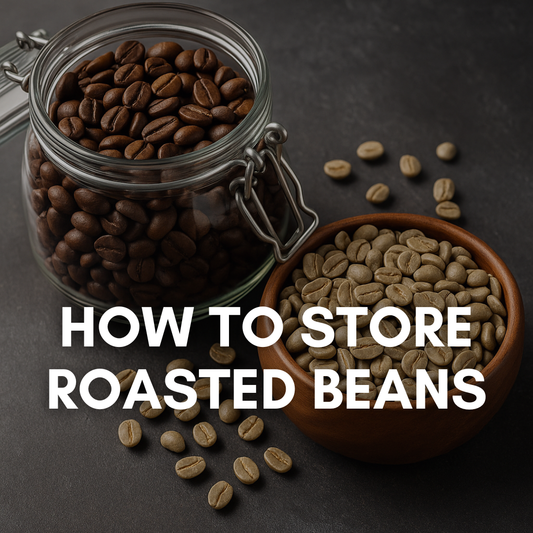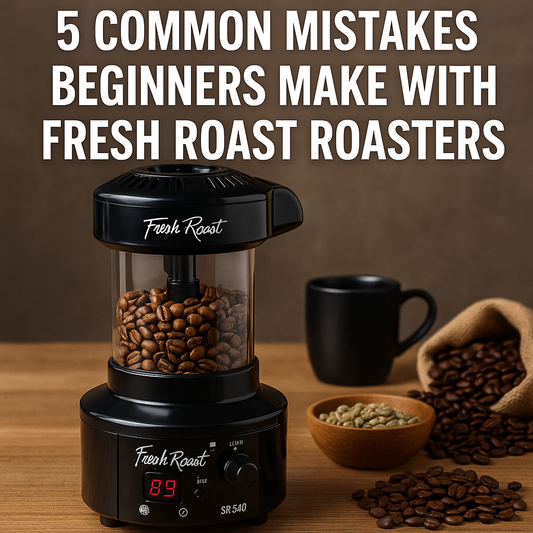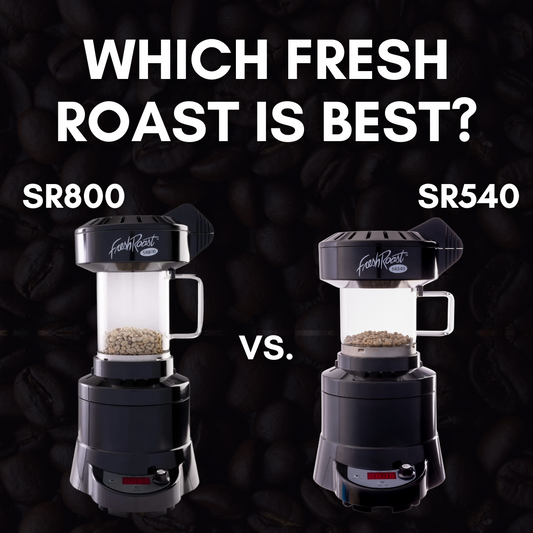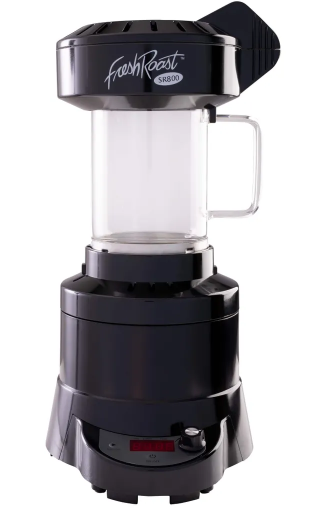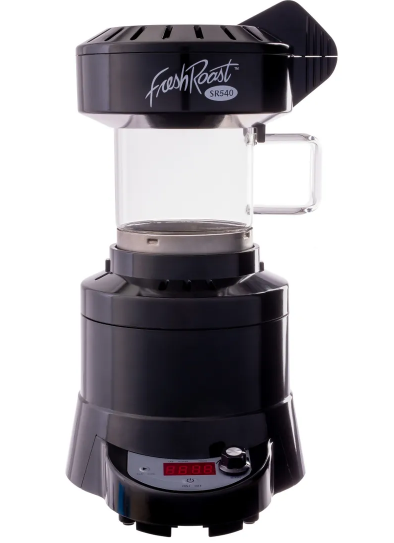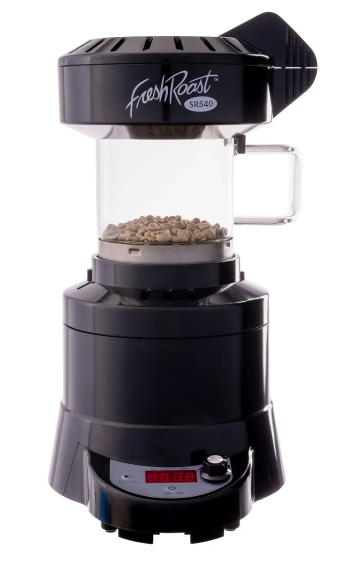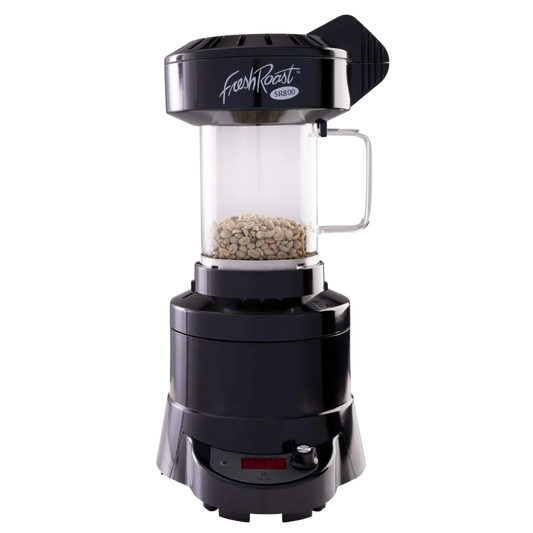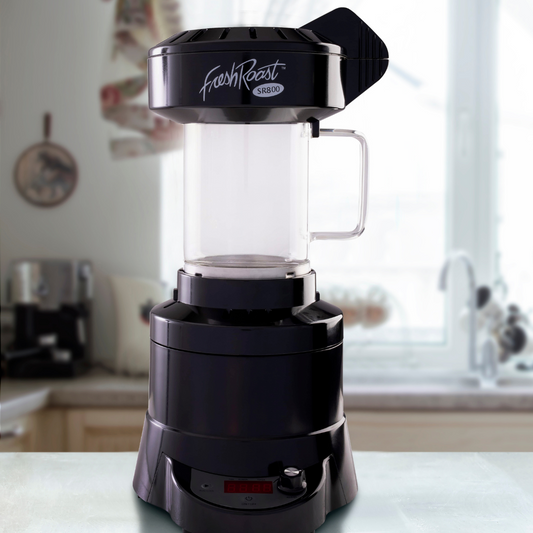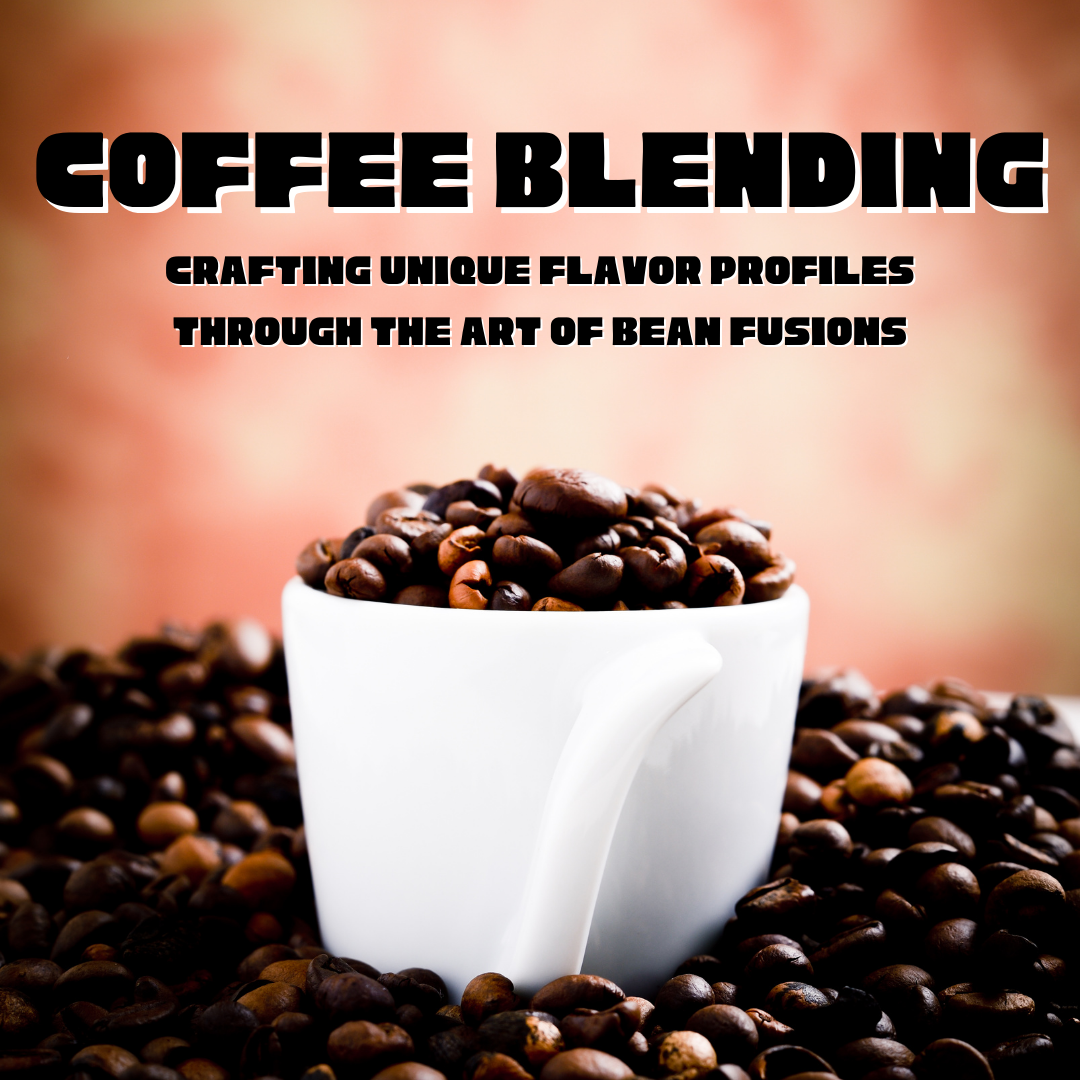
Coffee Blending: Crafting Unique Flavor Profiles Through the Art of Bean Fusion
Coffee, with its myriad of flavors and aromas, is a canvas for creativity. Beyond the single-origin experience lies a captivating world of coffee blending. It's a journey where roasters and enthusiasts alike explore the art of combining different roasted beans to create unique flavor profiles that tantalize the palate. In this comprehensive guide, we delve into the fascinating realm of coffee blending, unlocking the secrets to crafting your signature coffee blends that will elevate your coffee experience.
The Essence of Coffee Blending
Coffee blending is the alchemical process of mixing beans from various origins, roast levels, and varietals to achieve a specific flavor profile. It's an art that draws from the individual characteristics of each bean, allowing roasters to create harmonious or complex blends that deliver a symphony of flavors.
Why Blend Coffee?
-
Flavor Complexity: Blending coffee beans can enhance complexity by combining beans with different tasting notes. This results in a cup that offers a spectrum of flavors, from fruity and bright to deep and chocolaty.
-
Consistency: Blending ensures consistency in flavor and quality year-round. By adjusting the blend components as the seasons change, roasters can maintain a consistent taste profile.
-
Cost Management: Blending can be a cost-effective way to improve the flavor of more affordable beans by combining them with premium ones, achieving a balanced and delicious cup without breaking the bank.
Getting Started with Coffee Blending
Selecting Your Beans
The heart of coffee blending lies in choosing the right beans. Consider these factors when selecting your blend components:
-
Bean Origin: Beans from different regions have distinct flavors. Experiment with beans from Africa, Latin America, and Asia to discover unique tasting notes.
-
Roast Levels: Blending beans with various roast levels adds depth to your blend. Combining light, medium, and dark roasts can yield intriguing results.
-
Varietals: Some coffee varietals are known for specific flavor profiles. For example, Ethiopian Yirgacheffe offers floral and citrus notes, while Sumatra beans bring earthy and spicy tones.
-
Quality: Always start with high-quality, freshly roasted beans. The quality of your blend components is paramount to the final result.
Blending Ratios and Methods
The art of blending lies in finding the perfect balance. Here are some blending methods to explore:
-
Classic Blend: Create a balanced blend by combining beans in equal proportions. This method ensures each bean's contribution is equally represented.
-
Accent Blend: Highlight a specific flavor note by using it as an accent in your blend. For instance, add a hint of Ethiopian beans to accentuate floral notes.
-
Layered Blend: Build complexity by layering different roast levels. Start with a dark roast base for depth and add medium and light roasts for complexity.
-
Single-Origin Blend: Combine beans from the same origin but with different processing methods or roast levels. This showcases the terroir while adding complexity.
Blending and Roasting Process
Once you've selected your blend components, it's time to roast. Here's a step-by-step overview of the blending and roasting process:
-
Measure Your Beans: Determine the ratios for your blend components and measure them precisely.
-
Roast Separately: Roast each component separately to its ideal roast level. Keep detailed roast profiles for consistency.
-
Cool and Rest: Allow the roasted beans to cool and degas for a day or two before blending. This helps stabilize the flavors. You can speed up the process of your coffee bean cooling experience by utilizing the Home Roasting Supplies Coffee Bean Cooler!
-
Blend: Combine the roasted beans according to your desired ratios.
-
Rest Again: Let the blended beans rest for a day or two to allow the flavors to meld.
The Art of Tasting
Tasting your coffee blend is a crucial part of the process. Use a cupping technique to evaluate the flavors and make adjustments as needed. Keep detailed notes on the taste, aroma, and overall impression. This will help you determine which blend is sure to become a new staple in your everyday life
Coffee Blending Communities and Resources
Joining coffee blending communities and accessing valuable resources can provide deeper insights, share experiences, and connect with fellow blending enthusiasts. Here are some platforms and websites dedicated to coffee blending:
-
Home-Barista: A thriving community of coffee enthusiasts where you can engage in discussions about coffee blending and ask for advice from experienced members.
-
CoffeeGeek: An established forum with a dedicated section for coffee blending discussions. Explore a wealth of historical threads on the topic.
-
Boot Coffee Campus: Offers courses on advanced roasting techniques, including blending, for those looking to refine their skills in the art of coffee blending.
-
Perfect Daily Grind: A coffee publication that frequently features articles on coffee blending techniques and profiles.
Your Signature Coffee Blend Awaits
Coffee blending is an art that invites exploration and creativity. With the right beans, blending ratios, and roasting techniques, you can craft unique flavor profiles that reflect your tastes and preferences. So, embrace the world of coffee blending, experiment with different combinations, and embark on a journey to create your signature blend that will delight your senses and elevate your coffee experience to new heights. Happy Roasting!
| Additional Questions and Answers | |
| What is coffee blending? | Coffee blending is the process of mixing coffee beans from different origins, roast levels, or varietals to create a unique flavor profile |
| Why blend coffee? | Coffee blending enhances complexity and flavor by combining beans with different tasting notes. It also allows for consistency and cost management. |
| How do I taste and evaluate my coffee blend? |
|

